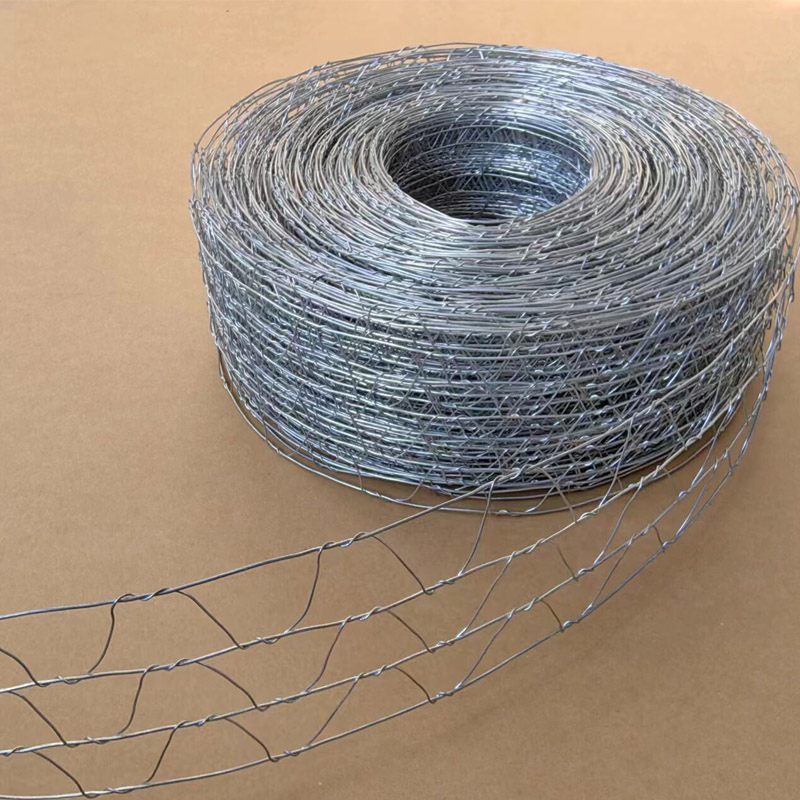
- Mobile Phone
- +8613931874955
- sales@cntcmetal.com
Reinforcing Masonry Bed Joints for Enhanced Structural Integrity and Durability
Masonry Bed Joint Reinforcement An Essential Component in Structural Integrity
Masonry construction has been a cornerstone of architectural design for centuries, praised for its durability, aesthetic appeal, and fire resistance. However, the performance of masonry structures is heavily influenced by the quality of the materials used and the methods of construction. One critical aspect often overlooked is the reinforcement of bed joints. Bed joint reinforcement is essential for improving the structural integrity, stability, and overall lifespan of masonry walls.
Masonry Bed Joint Reinforcement An Essential Component in Structural Integrity
One of the main benefits of bed joint reinforcement is the increased tensile strength it provides to a masonry wall. Traditional masonry relies heavily on compressive strength, which is the ability to withstand vertical loads. However, bricks and blocks are inherently weak in tension, making them susceptible to cracking and failure under lateral loads. By incorporating steel reinforcement into the bed joints, engineers can significantly improve the tensile capacity of masonry, allowing it to better withstand the forces that may act upon it.
masonry bed joint reinforcement

Additionally, bed joint reinforcement contributes to the ductility of masonry structures. Ductility refers to the ability of a material to deform under stress without failing. In the case of masonry, the addition of horizontal reinforcement allows the wall to absorb and dissipate energy more effectively during events such as earthquakes. This capability to deform rather than fracture is crucial for life safety and structural stability, as it enables the building to retain its integrity while undergoing significant stress.
Moreover, bed joint reinforcement can help mitigate issues related to differential settlement. In many geographic areas, soil conditions can vary dramatically, leading to uneven settling of a building’s foundation. This uneven movement can create stress points within masonry walls, often resulting in cracking and structural failure. With proper reinforcement in the bed joints, the masonry can better accommodate these movements, reducing the potential for damage and extending the service life of the structure.
Implementation of bed joint reinforcement also enhances the overall load-carrying capacity of masonry walls. In structures with multiple layers of bricks or blocks, the reinforcement can help distribute loads more evenly across the wall. This is particularly important in tall masonry constructions, where the upper layers exert additional pressure on the lower ones. By distributing these forces effectively, reinforced bed joints ensure that the entire structure remains stable under varying load conditions.
In conclusion, bed joint reinforcement is a vital aspect of modern masonry construction that cannot be overlooked. It enhances the tensile strength, ductility, and overall durability of masonry walls, making them more resilient against lateral forces and differential settlement. As building codes evolve and the demand for safer, more robust structures increases, the incorporation of bed joint reinforcement will become an essential practice for architects, engineers, and builders alike. By investing in the proper reinforcement techniques, we can ensure that masonry continues to serve as a reliable and enduring material in the world of construction.
share:
-
Your Source for Concrete Wall Ties and Masonry AccessoriesNewsJul.10,2025
-
Unlocking the Power of Iron Wire for Every ProjectNewsJul.10,2025
-
Explore Advanced Chain Wire and Stainless Steel Mesh FencingNewsJul.10,2025
-
Discover the Benefits of Annealed Wire ProductsNewsJul.10,2025
-
Discover China Stainless Steel Wire Mesh SolutionsNewsJul.10,2025
-
Build with Confidence Using High-Performance Masonry AccessoriesNewsJul.10,2025
-
Why Sacrificial Formwork Is Redefining Underground ConstructionNewsJun.06,2025



















